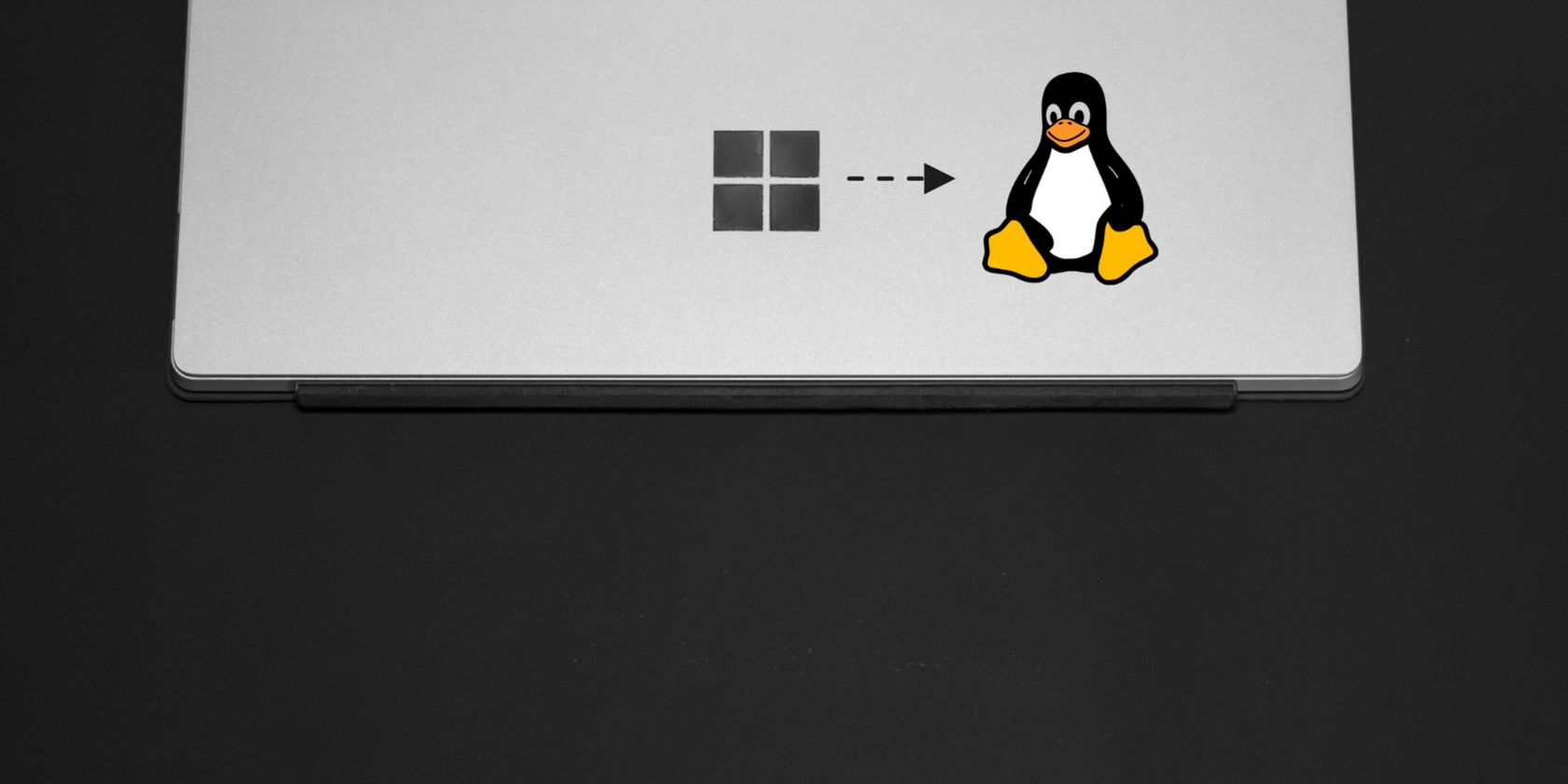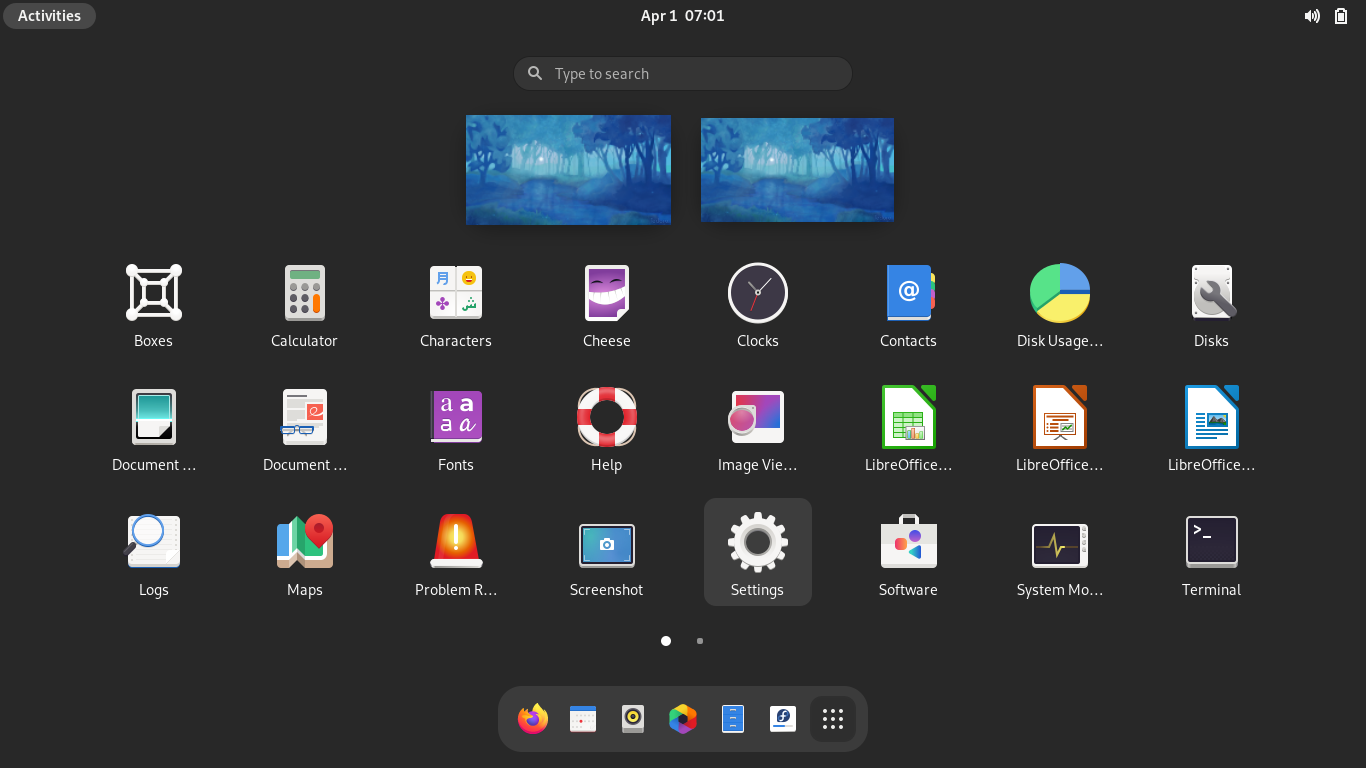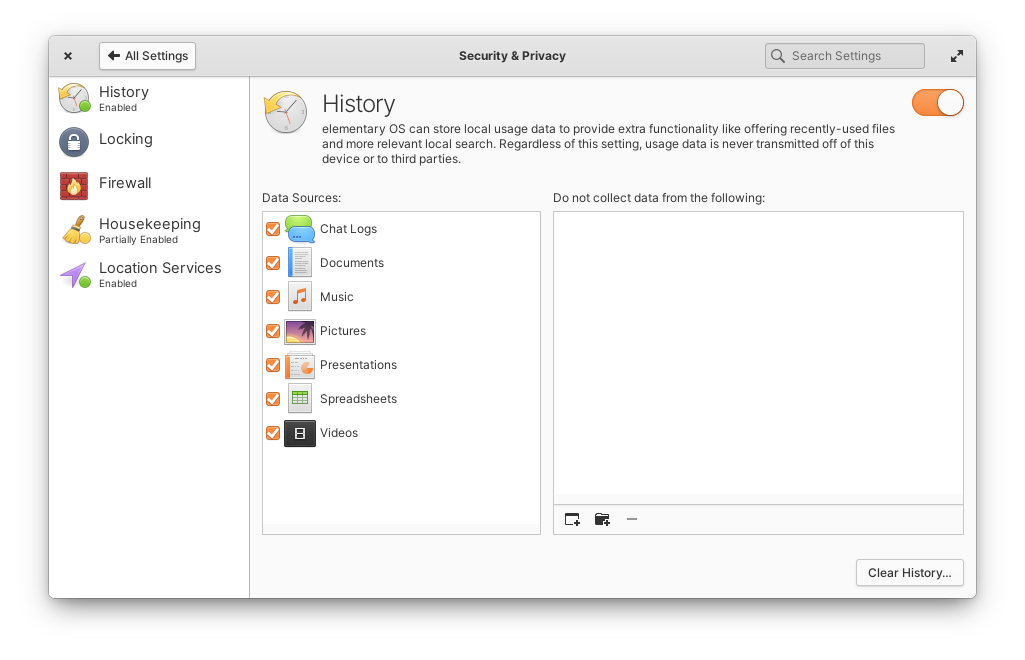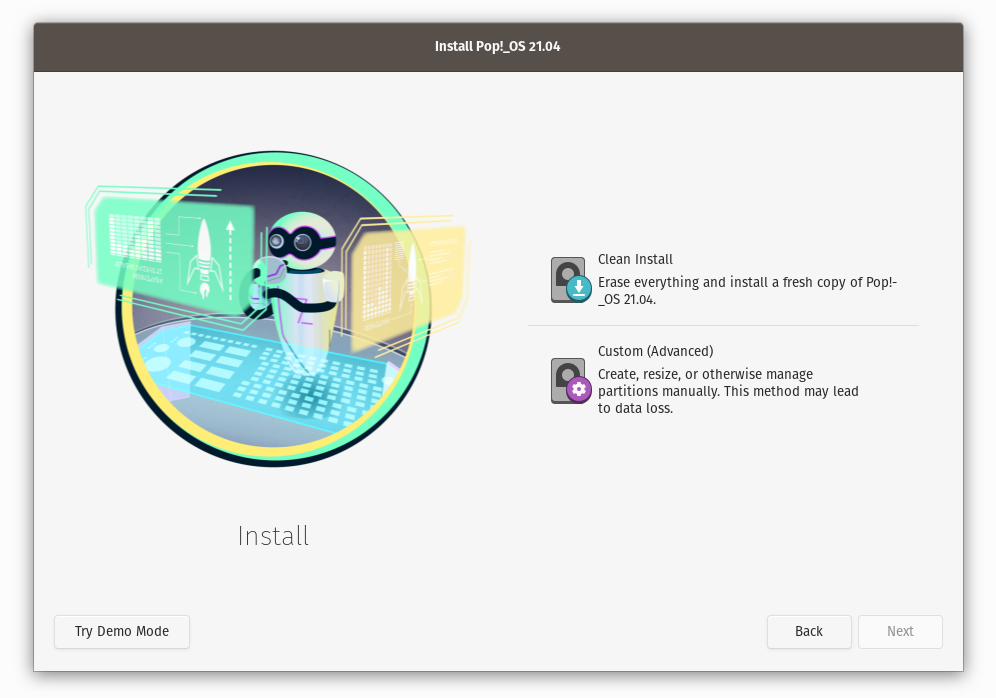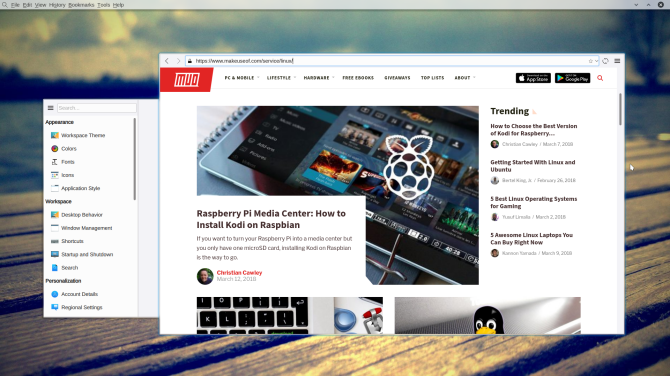Is Linux more challenging to use than Windows or macOS? No. You may not have access to all the same apps, but there is a reason Linux has become dominant on supercomputers, servers, and even Mars-bound rovers.
Linux is often the best tool for the job, and the same can be true on your laptop. There are multiple areas where Linux is often easier than Windows and macOS.
1. Learning for the First Time
Many aspects of Linux-based desktops are actually more straightforward than their proprietary, profit-driven counterparts. Consider the Windows Start menu, for example, which isn't particularly intuitive. It's a set of four squares representing the Windows logo, a brand, not something that is obviously associated with launching apps.
And when you do open the Start menu, an abundance of on-screen information suddenly comes your way. When not overwhelming, some of this information can be confusing. On Windows 11, the app icons you see aren't even necessarily already installed on your machine.
On Linux, an app launcher might be intuitively labeled "Applications" or, if the launcher handles more than apps, "Activities," like in the screenshot above. Likewise, compare the GNOME file manager to Windows Explorer, and the contrast will give you an idea of just how much simpler Linux can be.
As with anything on Linux, your experience depends on which flavor you're using. Platforms like GNOME and elementary OS are relatively easy for first-time computer users to learn. Some distributions, like Linux Mint, manage to deliver a Windows-like experience that's less cluttered and cumbersome than the one Windows provides.
2. Managing and Opening Local Files
Most Linux programs manage local files just fine. If you want to import photos off your camera, curate playlists from your personal library of MP3s, or watch downloaded MP4s, there is an abundance of apps to help you do the job.
Problems arise when you try to interact with online services since these typically don't target Linux as a platform to support. Consider, for example, the number of ebook readers available for Linux, but the lack of support from Amazon Kindle or Barnes & Noble Nook.
If you do have a massive library of Kindle or Nook books, you can read them in a web browser, there just aren't native apps. Yet if you want to preserve your privacy by reducing your digital footprint across the web, the lack of support from these companies is actually a plus.
This differs from other OSes, on desktops or mobile devices alike, which increasingly push you toward online services. They often retain the ability to open local files, just not necessarily as the default behavior.
Many people find themselves installing cross-platform FOSS apps even on Windows and macOS to play local media files simply because they're often the best tools for the job.
3. Staying Private
When you use Linux, you don't have to make any special effort to stay private from the company or community that provided your operating system. In most versions of Linux, nothing you do is tracked anywhere except on your device. This means that everything you do outside of a web browser is private.
No one knows what you're doing on your PC, including which apps you install. You don't have to create an account. You don't need a product key. For the overwhelming majority of apps, there isn't even anonymous usage data being uploaded in the background.
Once you open a browser, all bets are off. Most versions of Linux don't offer special protection from the myriad ways web platforms monitor everything you do (though there are some privacy-oriented distros that do). But if you make the effort to move more of your digital life back offline, Linux isn't keeping tabs on what you do.
4. Encrypting a Disk
Reducing online tracking isn't the only way to protect your data. If someone gets their hands on your computer, they can easily access the files on your hard drive or flash drive even if your computer is locked, unless you encrypt this information.
On Windows and Mac, you must search for and sometimes pay for, specialized software to encrypt a disk. You may then be required to use the same software to access your data.
On Linux, this functionality comes preinstalled. You can encrypt a disk with the default partition manager, such as GNOME Disks. Such programs can encrypt flash drives, portable hard drives, or secondary drives in your computer.
If you want to encrypt your operating system and all the personal files on your computer, this is an option you have when installing most Linux distributions.
5. Installing or Reinstalling Your OS
Most versions of Linux are very quick to install. This is kind of a prerequisite, as most people aren't using Linux on devices that came with Linux already preinstalled. As a side effect, Linux is also easy to reinstall if anything goes wrong.
This contrasts with Windows, which most people never install for themselves. The Windows installer is functional, but it's less polished than many Linux installers and takes far longer to do the job.
You also have to jump through more hurdles to get your hand on a Windows installation image, and you will probably also need a product license if you want to legally do more than merely test things out.
6. Saving Money
Windows and macOS software generally cost money. Some require you to pay upfront or make a purchase after experiencing a free trial. Others may insist on a monthly or yearly subscription.
Those that don't cost money generally come with ads or other forms of tracking, contributing to a culture where your ability to stay private is correlated with how much you're willing to spend.
The vast majority of Linux software is free or pay-what-you-can. Need to write a paper for class? Work on an animation project? Program a video game? Play video files? Batch rename thousands of photos at once? Occupy yourself with a few addictive games? You can do all of this on Linux for free, legally, without jeopardizing your privacy or unwittingly installing a virus.
7. Tinkering and Customizing
Linux is a tinkerer's dream come true. You can personalize your computer as much as you want. Depending on your desktop environment, you don't need to install any third-party software to do so.
This means you can change the theme of your desktop and apps alike. You can tweak the colors, adjust the fonts, increase the number of panels, and splatter your wallpaper with widgets.
You can also remove software components that you don't need, giving your computer a speed boost and reducing the risk of security vulnerabilities in parts of your computer that you don't even use.
Save Yourself the Headache and Just Use Linux
In the early days of Linux, most things were a bit hard to do. You may have had to build your own drivers, compile your own apps, and teach yourself how to do things that weren't documented. Many things simply didn't work.
That is no longer the case. Linux is fully functional and simply a better option for so many tasks. And it's getting both more capable and easier to use with each passing year.

